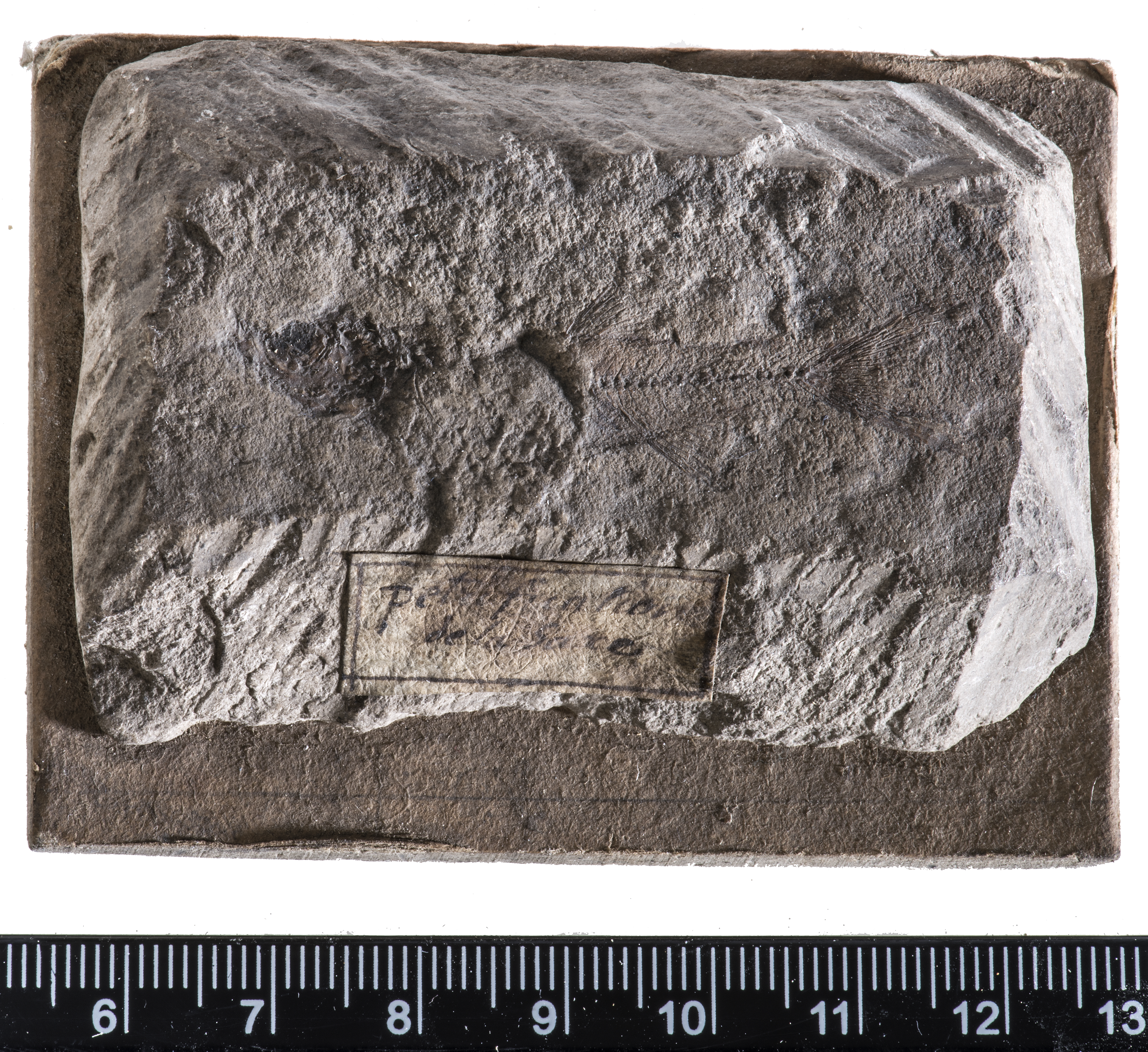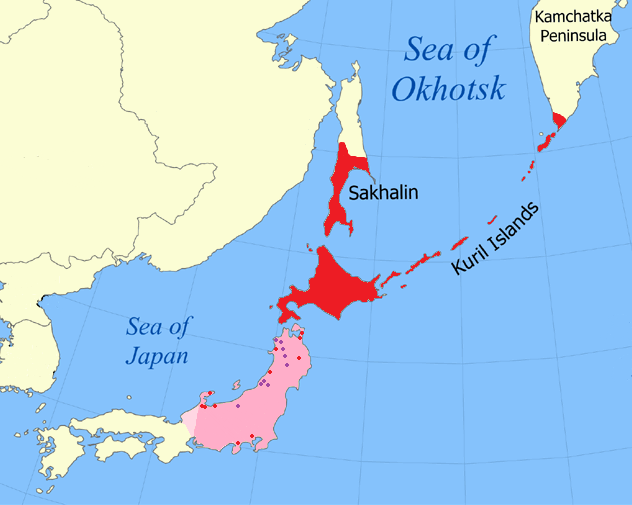|
Pseudaspius Sachalinensis
''Pseudaspius sachalinensis'' is a species of freshwater ray-finned fish belonging to the family Leuciscidae, which contains the daces, chubs, true minnows and related species. It is endemic to Japan and Sakhalin Sakhalin ( rus, Сахали́н, p=səxɐˈlʲin) is an island in Northeast Asia. Its north coast lies off the southeastern coast of Khabarovsk Krai in Russia, while its southern tip lies north of the Japanese island of Hokkaido. An islan .... References * sachalinensis Fish described in 1889 Taxa named by Alexander Nikolsky {{Leuciscinae-stub ... [...More Info...] [...Related Items...] OR: [Wikipedia] [Google] [Baidu] |
Alexander Nikolsky
Alexander Mikhailovich Nikolsky (Russian: Александр Михайлович Никольский; February 18, 1858 – December 8, 1942) was a Russian and Ukrainian zoologist born in Astrakhan. From 1877 to 1881, he studied at the University of St. Petersburg, earning his doctorate several years later in 1887. From 1881 to 1891, he took part in numerous expeditions to Siberia, the Caucasus, Persia, Japan, et al. In 1887 he became an associate professor in St. Petersburg, later becoming director of the herpetology department at the Zoological Museum of the Academy of Sciences (1895). In 1903 he relocated as a professor to the Kharkiv University. In 1919 he was elected a member at the Academy of Sciences of Ukraine. Among his written works were ''Herpetologia Caucasica'' (1913), and volumes on reptiles and amphibians that were part of the series "Fauna of Russia and Adjacent Countries". He is the taxonomic authority of 26 reptile species. The viper '' Vipera nikolskii' ... [...More Info...] [...Related Items...] OR: [Wikipedia] [Google] [Baidu] |
Yaichirō Okada
was a Japanese zoologist. He was born in Ishikawa Prefecture. Okada studied at the Imperial Fisheries Institute (now Tokyo University of Marine Science and Technology). He was a professor at Tokyo Higher Normal School (now University of Tsukuba), and after World War II he taught at Mie University from 1950, where he was dean of Fisheries. After retirement he served as a professor at Tokai University is a private non-sectarian higher education institution located in Tokyo, Japan. It was founded by Dr. Shigeyoshi Matsumae. It was accredited under Japan's old educational system in 1946 and under the new system in 1950. In 2008, Tokai Uni .... As a zoologist, has contributed in the field of fish taxonomy, as well as reptiles and amphibians. Okada's primary work in English was ''Fishes of Japan'', which published in 1955 by Maruzen and subsequently issued in revised editions. References 20th-century Japanese zoologists Japanese mammalogists 1892 births 1976 deaths ... [...More Info...] [...Related Items...] OR: [Wikipedia] [Google] [Baidu] |
Actinopterygii
Actinopterygii (; ), members of which are known as ray-finned fish or actinopterygians, is a class (biology), class of Osteichthyes, bony fish that comprise over 50% of living vertebrate species. They are so called because of their lightly built fish fin, fins made of webbings of skin supported by radially extended thin bony spine (zoology), spines called ''lepidotrichia'', as opposed to the bulkier, fleshy lobed fins of the sister taxon, sister clade Sarcopterygii (lobe-finned fish). Resembling folding fans, the actinopterygian fins can easily change shape and wetted area, providing superior thrust-to-weight ratios per movement compared to sarcopterygian and chondrichthyian fins. The fin rays attach directly to the proximal or basal skeletal elements, the radials, which represent the articulation (anatomy), articulation between these fins and the internal skeleton (e.g., pelvic and pectoral girdles). The vast majority of actinopterygians are teleosts. By species count, they domi ... [...More Info...] [...Related Items...] OR: [Wikipedia] [Google] [Baidu] |
Family (biology)
Family (, : ) is one of the eight major hierarchical taxonomic ranks in Linnaean taxonomy. It is classified between order and genus. A family may be divided into subfamilies, which are intermediate ranks between the ranks of family and genus. The official family names are Latin in origin; however, popular names are often used: for example, walnut trees and hickory trees belong to the family Juglandaceae, but that family is commonly referred to as the "walnut family". The delineation of what constitutes a family—or whether a described family should be acknowledged—is established and decided upon by active taxonomists. There are not strict regulations for outlining or acknowledging a family, yet in the realm of plants, these classifications often rely on both the vegetative and reproductive characteristics of plant species. Taxonomists frequently hold varying perspectives on these descriptions, leading to a lack of widespread consensus within the scientific community ... [...More Info...] [...Related Items...] OR: [Wikipedia] [Google] [Baidu] |
Leuciscidae
Leuciscidae is a family of freshwater ray-finned fishes, formerly classified as a subfamily of the Cyprinidae, which contains the true minnows. Members of the Old World (OW) clade of minnows within this subfamily are known as European minnows. As the name suggests, most members of the OW clade are found in Eurasia, aside from the golden shiner (''Notemigonus crysoleucas''), which is found in eastern North America North America is a continent in the Northern Hemisphere, Northern and Western Hemisphere, Western hemispheres. North America is bordered to the north by the Arctic Ocean, to the east by the Atlantic Ocean, to the southeast by South Ameri .... According to ancestral area reconstruction, the subfamily Leuciscinae is thought to have originated in Europe before becoming widely distributed in parts of Europe, Asia and North America. Evidence for the dispersal of this subfamily can be marked by biogeographical scenarios/observations, geomorphological changes, ... [...More Info...] [...Related Items...] OR: [Wikipedia] [Google] [Baidu] |
Dace
A dace is a small fish that can be one of many different species. The unmodified name is usually a reference to the common dace (''Leuciscus leuciscus''). This, like most fish called "daces", belongs to the family Leuciscidae, mostly in subfamily Leuciscinae. Daces in the Cyprinidae: * Common dace, '' Leuciscus leuciscus'' * Chinese mud carp, '' Cirrhinus chinensis'' (called "dace" in Hong Kong) or mud carp (''Cirrhinus molitorella'') * Columbia River dace, '' Ptychocheilus oregonensis'' (a pikeminnow) * Desert dace, '' Eremichthys acros'' (a monotypic genus) * European daces, genus ''Leuciscus'' * Fallfish, '' Semotilus corporalis'' (a creek chub called "dace" in Canada) * Horned dace, '' Semotilus atromaculatus'' (a creek chub) * Japanese dace '' Tribolodon hakonensis'', genus '' Tribolodon'' * Korean splendid dace, '' Coreoleuciscus splendidus'' * Lake Candidus dace, '' Candidia barbata'' * Mexican daces, genus †'' Evarra'' * Moapa dace, '' Moapa coriacea'' (a monotypic ... [...More Info...] [...Related Items...] OR: [Wikipedia] [Google] [Baidu] |
Chub
Chub is a common fish name. It pertains to any one of a number of ray-finned fish in several families and general. In the UK, the term ''chub'' usually refers to the species '' Squalius cephalus''. In addition, see sea chub. In family Cyprinidae * Bigeye chub, genus '' Hybopsis'' * Creek chub, genus '' Semotilus'' * Fallfish, genus '' Semotilus'' * European chub, genus ''Squalius'' * Flame chub, ''Hemitremia flammea'' (a monotypic genus) * Flathead chub, genus '' Platygobio'' * Hornyhead chub, genus '' Nocomis'' * Lake chub, genus ''Couesius'' * Least chub, ''Iotichthys phlegethontis'' (a monotypic genus) * Leatherside chub, ''Snyderichthys copei'' (a monotypic genus) * Oregon chub, genus '' Oregonichthys'' * Ponto-Caspian chub, genus '' Petroleuciscus'' * Slender chub, genus '' Erimystax'' * Western chub, genus '' Gila'' (including ''Siphateles'') * Genus ''Algansea'' * Genus ''Notropis'' (eastern shiners) are also sometimes called "chubs" In other families * Sea chub ... [...More Info...] [...Related Items...] OR: [Wikipedia] [Google] [Baidu] |
Phoxinus
''Phoxinus'' is a genus of freshwater fish in the family Leuciscidae of order Cypriniformes, and the only members of the subfamily Phoxininae, or Eurasian minnows. The other species in this genus are also commonly known as minnows. The name "minnow" was what early English fisherman used to describe "small and insignificant". The genus ''Phoxinus'' is found throughout Eurasia, and includes 21 known species. Previously, members of the North American genus '' Chrosomus'' were also believed to form part of this genus. Species ''Phoxinus'' contains the following species: * '' Phoxinus abanticus'' Turan, Bayçelebi, Özuluğ, Gaygusuz & Aksu, 2023 * '' Phoxinus adagumicus'' Artaev, Turbanov, Bolotovskiy, Gandlin & Levin, 2024 * '' Phoxinus bigerri'' Kottelat, 2007 (Pyrenean minnow) * '' Phoxinus brachyurus'' Berg, 1912 (Seven Rivers minnow) * '' Phoxinus chrysoprasius'' (Pallas, 1814) * '' Phoxinus colchicus'' Berg, 1910. * '' Phoxinus csikii'' Hankó, 1922 (Danube minnow) * ... [...More Info...] [...Related Items...] OR: [Wikipedia] [Google] [Baidu] |
Sakhalin
Sakhalin ( rus, Сахали́н, p=səxɐˈlʲin) is an island in Northeast Asia. Its north coast lies off the southeastern coast of Khabarovsk Krai in Russia, while its southern tip lies north of the Japanese island of Hokkaido. An island of the West Pacific, Sakhalin divides the Sea of Okhotsk to its east from the Sea of Japan to its southwest. It is administered as part of Sakhalin Oblast and is the largest island of Russia, with an area of . The island has a population of roughly 500,000, the majority of whom are Russians. The indigenous peoples of the island are the Ainu, Oroks, and Nivkhs, who are now present in very small numbers. The island's name is derived from the Manchu word ''Sahaliyan'' (), which was the name of the Qing dynasty city of Aigun. The Ainu people of Sakhalin paid tribute to the Yuan, Ming, and Qing dynasties and accepted official appointments from them. Sometimes the relationship was forced but control from dynasties in China was loose ... [...More Info...] [...Related Items...] OR: [Wikipedia] [Google] [Baidu] |
Pseudaspius
''Pseudaspius'', the redfin daces, is a genus of ray-finned fishes belonging to the family Leuciscidae, which includes the daces, chubs, true minnows and related fishes. The fishes in this genus arefound in marine and freshwater in eastern Asia, specifically the countries of Russia, Mongolia, China and Japan. Most species are diadromous into the Sea of Japan. Taxonomy ''Pseudaspius'' was first proposed as a monospecific genus in 1869 by the Polish zoologist Benedykt Dybowski with ''Cyprinus leptocephalus'' as its only species. ''C. leptocephalus'' was first formally described in 1776 by the German zoologist Peter Simon Pallas with its type locality given as Transbaikal. The genus ''Triblodon'' is now considered to be a synonym of ''Pseudaspius''. This genus is classified within the subfamily Pseudaspininae of the family Leuciscidae. Species These are the currently recognized species in this genus. * '' Pseudaspius brandtii'' ( Dybowski, 1872) (Pacific redfin) * '' Pseuda ... [...More Info...] [...Related Items...] OR: [Wikipedia] [Google] [Baidu] |
Fish Described In 1889
A fish (: fish or fishes) is an aquatic, anamniotic, gill-bearing vertebrate animal with swimming fins and a hard skull, but lacking limbs with digits. Fish can be grouped into the more basal jawless fish and the more common jawed fish, the latter including all living cartilaginous and bony fish, as well as the extinct placoderms and acanthodians. In a break to the long tradition of grouping all fish into a single class (Pisces), modern phylogenetics views fish as a paraphyletic group. Most fish are cold-blooded, their body temperature varying with the surrounding water, though some large active swimmers like white shark and tuna can hold a higher core temperature. Many fish can communicate acoustically with each other, such as during courtship displays. The study of fish is known as ichthyology. The earliest fish appeared during the Cambrian as small filter feeders; they continued to evolve through the Paleozoic, diversifying into many forms. The earliest fish wi ... [...More Info...] [...Related Items...] OR: [Wikipedia] [Google] [Baidu] |





